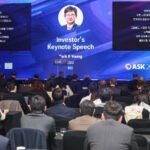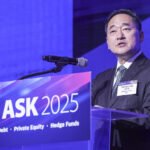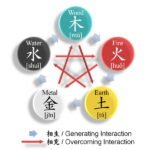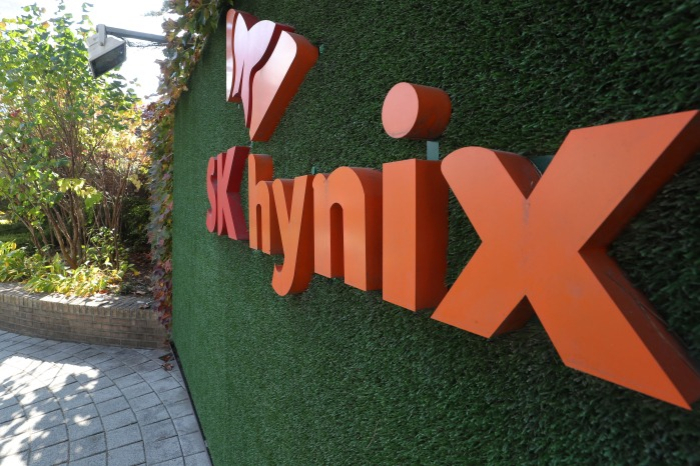
SK Hynix Inc. reported record earnings for the third quarter, with operating profit surpassing 10 trillion won ($7 billion) for the first time, driven by robust demand for high-performance memory chips such as high-bandwidth memory (HBM) and double data rate (DDR) products amid the global artificial-intelligence boom.
The South Korean chipmaker said Wednesday that its preliminary operating profit jumped 61.9% from a year ago to 11.34 trillion won on a consolidated basis for the July–September period, up 23.6% from the previous quarter.
It marked the first time in the company’s history that quarterly profit exceeded the 10 trillion-won mark.
Revenue also climbed to an all-time high of 24.45 trillion won, rising 39.1% year-on-year and 10% quarter-on-quarter, while net profit more than doubled from a year earlier to 12.59 trillion won.
The company credited the stellar performance to surging demand for high-value-added chips used in AI servers, including HBM, DDR and NAND products, which have boosted overall chip prices.
“Sales of high-value products, including the 12-layer HBM3E and server-grade DDR5, broke earlier records set in the previous quarter,” SK Hynix said in a statement.
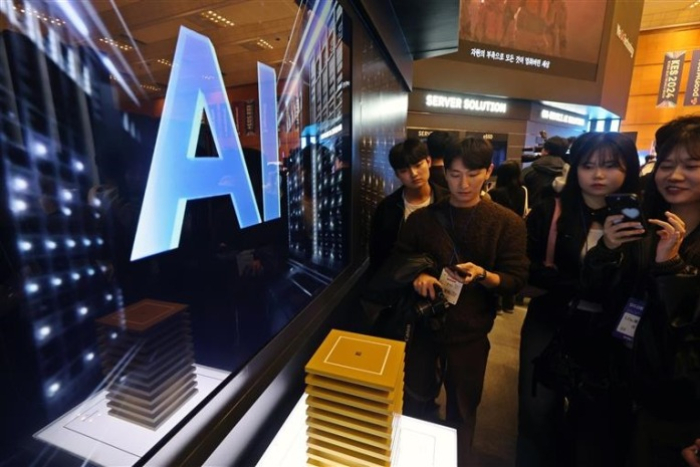
Investors welcomed the strong results, sending SK Hynix shares more than 2% higher in Seoul trading on Wednesday morning.
AI SERVER DEMAND REMAINS STRONG
AI-driven data center demand has been particularly robust, with shipments of high-capacity 128-gigabyte and larger DDR5 chips more than doubling from the previous quarter, according to the company.
In NAND flash, the share of enterprise solid-state drives (eSSD) for AI servers, products commanding price premiums, also expanded.
Looking ahead, SK Hynix expects the AI boom to continue reshaping global memory demand.
With the market shifting rapidly from AI training to inference applications, the company sees workloads spreading across more diverse infrastructure, from dedicated AI servers to general-purpose ones, driving broader demand for high-performance DDR5 and eSSD products.
The chipmaker said a string of strategic partnerships and data center expansion plans among major AI players will also sustain growth not only in HBM but across its wider lineup.
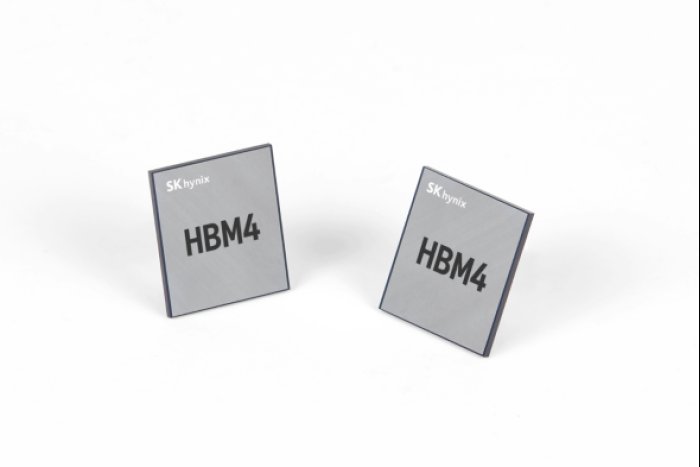
It has completed HBM supply negotiations with major customers for next year and plans to start shipping its sixth-generation HBM4 chips in the fourth quarter, ramping to full production next year.
SK Hynix said it has also secured orders for DRAM and NAND chips for next year.
To meet stronger-than-expected demand, the company has begun ramping capacity at its M15X fab, where cleanroom operations started ahead of schedule and equipment installation is underway.
It plans to accelerate next-generation process transitions and raise capital spending next year from 2025 levels.
At the end of the third quarter, cash and cash equivalents surged by 10.9 trillion won to 27.9 trillion won, while total debt stood at 24.1 trillion won, returning the company to a net cash position of 3.8 trillion won.
“The memory industry is undergoing a paradigm shift driven by AI innovation, and demand is now expanding across all memory product segments,” said Chief Financial Officer Kim Woo-hyun.
“We will continue to strengthen our leadership in AI memory through differentiated technology and market-leading products.”
SK Hynix is the global leader in the HBM industry.
It, backed by the orders for tailor-made AI chips from Nvidia Corp., Microsoft Corp. and Broadcom Inc., is also expected to lead the customized HBM market, projected to expand to $130 billion by 2033 from $18.2 billion in 2024, according to data from TrendForce and Bloomberg Intelligence.




